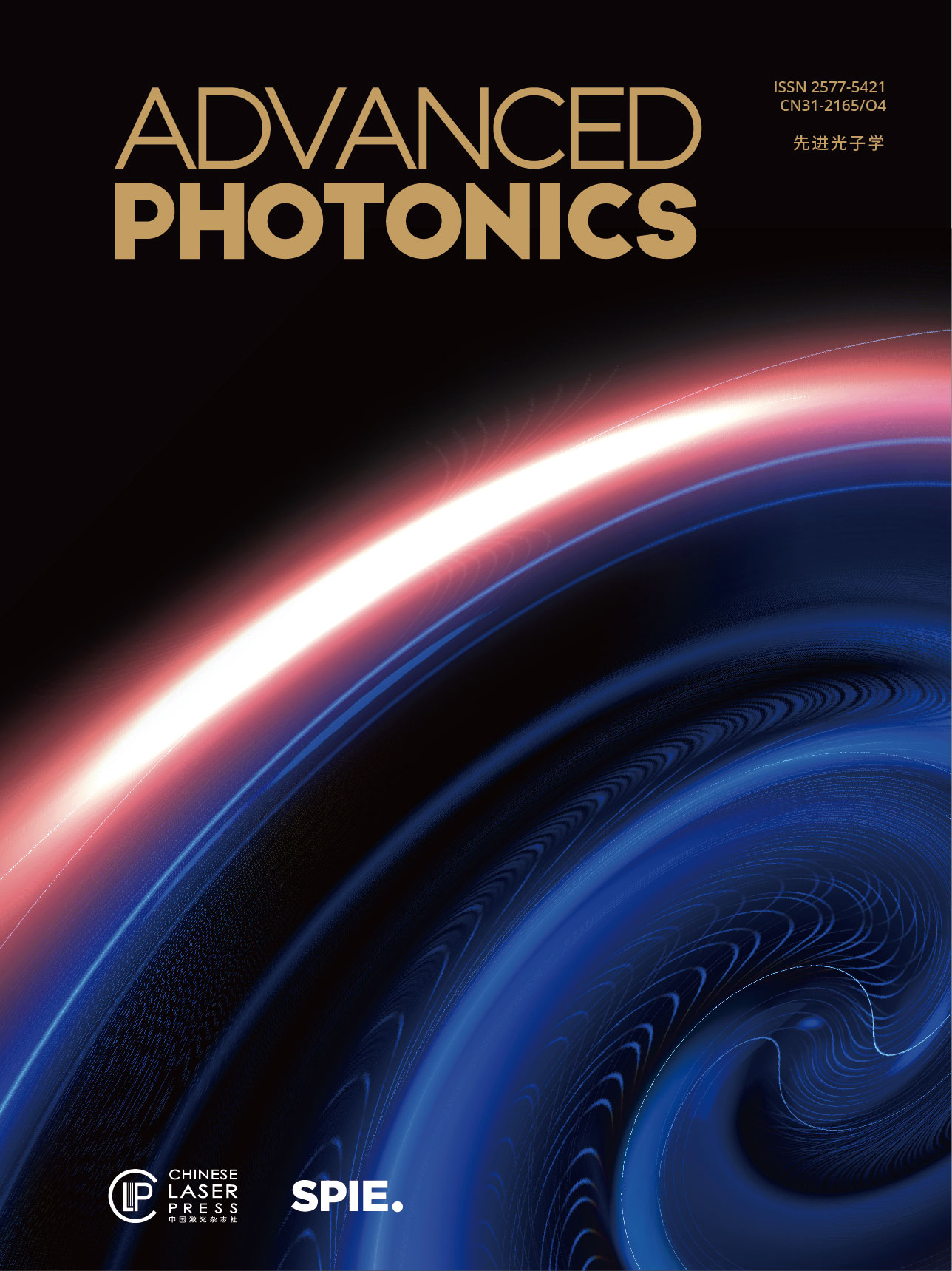 View fulltext
View fulltext
Optical cavities play crucial roles in enhanced light–matter interaction, light control, and optical communications, but their dimensions are limited by the material property and operating wavelength. Ultrathin planar cavities are urgently in demand for large-area and integrated optical devices. However, extremely reducing the planar cavity dimension is a critical challenge, especially at telecommunication wavelengths. Herein, we demonstrate a type of ultrathin cavities based on large-area grown Bi2Te3 topological insulator (TI) nanofilms, which present distinct optical resonance in the near-infrared region. The result shows that the Bi2Te3 TI material presents ultrahigh refractive indices of >6 at telecommunication wavelengths. The cavity thickness can approach 1/20 of the resonance wavelength, superior to those of planar cavities based on conventional Si and Ge high refractive index materials. Moreover, we observed an analog of the electromagnetically induced transparency (EIT) effect at telecommunication wavelengths by depositing the cavity on a photonic crystal. The EIT-like behavior is derived from the destructive interference coupling between the nanocavity resonance and Tamm plasmons. The spectral response depends on the nanocavity thickness, whose adjustment enables the generation of obvious Fano resonance. The experiments agree well with the simulations. This work will open a new door for ultrathin cavities and applications of TI materials in light control and devices.









